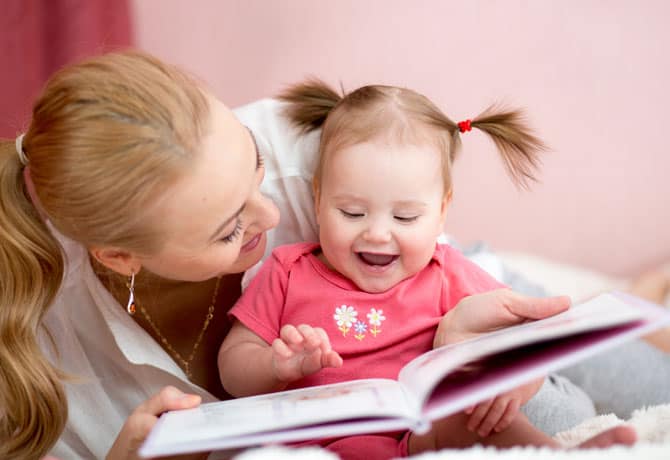8 Tips for Early Speech Therapy for Kids
Tips to Get your Child to Talk! – Early Speech Therapy for Kids
Parents often make comments such as; “My child is not speaking because he is “lazy”, OR “His older brother speaks for him!” The thing is, your child would speak if he could. After all, it is much easier for him to get what he wants by saying the word/phrase and getting it almost immediately, compared to grunting or dragging you across the room to the item he wants. It is easy to think your child is “lazy” because many children who are late to talk are quite bright and understand much of what you say. Baby speech development timing is different in every child, but you can help the process along.
Put your child’s favorite toy/snack on a top shelf so they have to ask for the item.
8 ways to get your child to talk – speech therapy exercises
1. Eat one of your child’s favorite snacks in front of him but don’t offer him any. If your child begins to point and grunt, model the sign and/or word for him. Holding the snack beside your face so your child is encouraged to look at your mouth is often helpful in eliciting the sounds/words.
2. Give your child a piece of cracker/snack one at a time. Instead of providing your child with his full serving, offering a smaller portion allows him the chance to ask for another piece/more. Model the word if necessary (e.g. “more apple”, “fishy”, etc.).
3. Put your child’s favorite toy/snack on a top shelf so they have to ask for the item.
4. Place pieces of a puzzle/Lego in a bag so the child has to request for the puzzle pieces/Lego one at a time. This gives you some control over the activity and encourages more communication and turn taking.
5. Activate a wind-up toy, let it deactivate and hand it to your child. Your child may just hand it back to you and grunt. Instead of winding it up for him based on this nonverbal request, model the word for him with the toy beside your mouth (e.g. “turn”, “cow”, “jump”, etc.).
6. Put your child’s favorite toy or snack in a container that is difficult to open, then give the container to your child. Encourage your child to request the item by modeling the desired request (e.g. “open”, “off”, “toy”, “help”, etc.).
7. Give your child only a ¼ cup of juice/water at a time. If your child does not ask for more, you can model the word/phrase. Offering choices is another great way to get your child to request (e.g. “milk or juice?”).
8. Blow bubbles then screw the lid on tightly and hand it back to your child for his turn. Wait for him to request help with a sign or a word. Model the sign or word if necessary.
It is VERY IMPORTANT to be quick and consistent with your reinforcement and give the desired item as soon as he makes his attempt at verbal communication. We want your child to make the connection between “saying something” and “getting something”. The more interactions like this children get, the more confident they will become at communicating verbally on their own.
Happy tempting!










